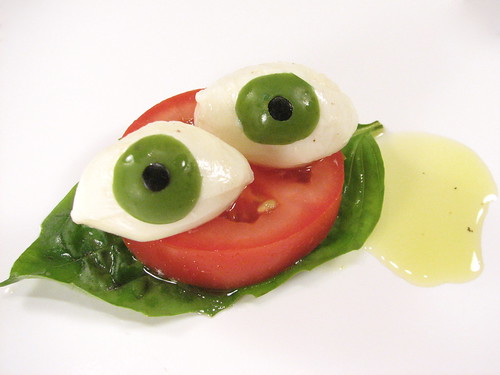Eating fruits and vegetables – widely across the color spectrum – can yield tremendous benefits when it comes to our health and disease prevention efforts. But there are some advantages to eating deeply colored, antioxidant-rich fruits and veggies that may not be on our radar. You can consider these five unexpected benefits just a healthy bonus for eating well. They might even provide a little extra motivation to get your servings.
1. Benefits for Runners
Runner’s World recently reported on a couple of outlandish food benefits especially for runners. One is eating blueberries. (The other is, surprisingly, beer.) A study from Appalachian State University showed that runners who ate a cup of blueberries every day had less inflammation and oxidative damage before and after their run. It’s no surprise – these antioxidant leaders are known to have a major impact on cellular inflammation. The powerful anthocyanins in the berries actually protected them from the after-effects of challenging workouts and helped recovery. If you are in training, eating a cup of anthocyanin-rich berries will help boost your performance and get you in shape for that marathon – or your next workout.
2. Help Quitting Smoking
New studies show there are major benefits associated with eating many types of fruits and veggies if you are trying to quit smoking. The reason is not just limited to replacing a bad habit with a healthy one. First, fruits and vegetables don’t trigger a desire for nicotine, and unlike some foods like meat and alcohol, they don’t enhance its flavor – they actually make it taste worse. Another reason that fruits and veggies can serve as a secret weapon for those trying to quit might be the satiety fruits and vegetables provide. It can help lessen the desire to smoke, and high fiber choices can contribute to that effect. (Fruits and veggies that are high antioxidants also provide protection against lung cancer and respiratory ailments, which can benefit smokers and former smokers.)
3. Prevent Depression
A diet rich in fruits and vegetables can help reduce the risk of depression. Substantially so, according to the Mayo Clinic. Fruits and veggies that are deep in color and fiber-rich provide the most intense benefit. Also, B vitamins are a major weapon against depression because they help balance mood and even treat depression in those experiencing it (Vitamin B6 is found in many foods including bananas and spinach). Vitamin C (oranges, berries, leafy greens) has also been shown to enhance mood and stave off depression. Further studies have linked depression and wild blueberries. In 2010, a study conducted by a team led by Dr. Robert Krikorian, Associate Professor of Psychiatry & Behavioral Neuroscience, University of Cincinnati, confirmed that a diet supplemented with wild blueberries improved memory function and mood in older adults and could decrease depression in the elderly.
4. Change Your Friends…and the World
Eating a diet high in fruits and vegetables can be contagious. We mimic the habits of those we hang around with, which is why recent studies have indicated that obesity is contagious and our social circles affect our weight. Studies indicate that if you start eating better your friends will start eating better, not to mention the affect it will have on your family. If your diet is being sabotaged by your friends’ or co-workers’ bad habits, see what being a positive influence can do to those around you. If you are an influencer, your passion for fruits and veggies could actually start a badly-needed revolution of better health around the nation.
5. More Mojo
It may not be the first reason you change your eating habits, but it could be a reason to continue. Improving your love life can actually be a side effect of eating more fruits and vegetables. According to Slim Calm Sexy Diet author Keri Glassman, indulging in certain fruits like peaches, for example, can increase male hormone production and regulate thyroid function that helps increase libido for both men and women. Fruits and vegetables have the benefit of not just being good for us but boosting our energy and controlling our weight, which translates into feeling more amorous. And, foods high in nutrients, folic acid, potassium, and antioxidants translate into increased energy – and you can channel that in whatever way you’d like.
Learn what specific nutrients contribute to good health at Fruit and Veggies More Matters. You’ll also find out which fruits and vegetables provide the best sources of the nutrients you need.

























